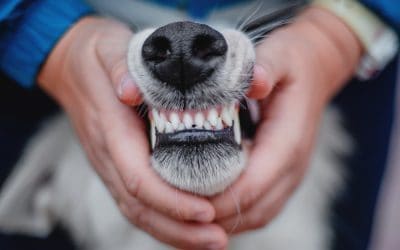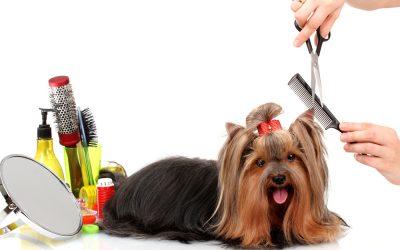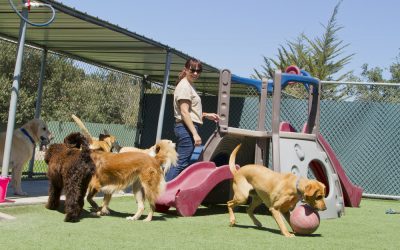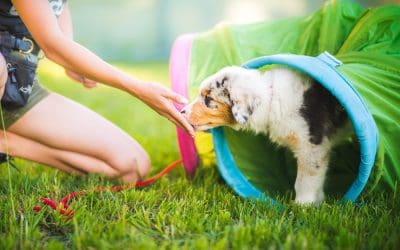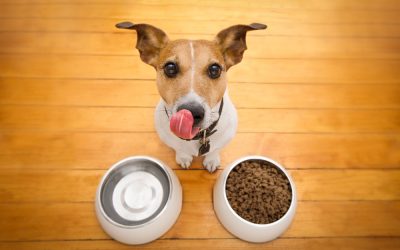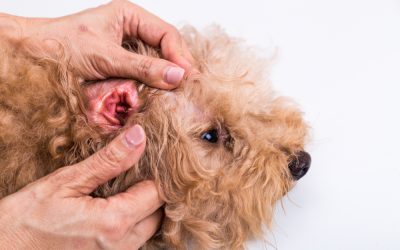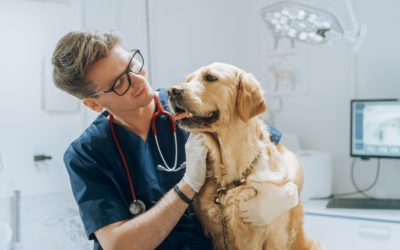Vet News
Pearly Whites for Our Furry Delights: Why Dental Health is a Wag-Worthy Priority
Maintaining good dental health is essential for our furry companions’ overall well-being. Just like us, pets can suffer from a range of dental problems, including plaque buildup, gum disease, and tooth decay. These pesky…
Fur-ever Fabulous: Creating the Best Grooming Experience for Your Pet!
Grooming your pet is not just important for how they look, but it’s also a key player in their health and comfort game. A little grooming goes a long way in keeping your furry friend feeling their best. Imagine wearing a cozy…
Paws and Relax: Navigating Pet Boarding in Australia with Ease and Peace of Mind
Welcome to the Pet Parents Paradise, where furry friends em-”bark” on their own epic adventures while their humans jet off to exotic locations or simply take a well-deserved break. Ah, the joys of pet ownership – endless…
Before the Puppy Parade: Essential Considerations for Prospective Pet Parents
‘Tis the season of joy, twinkling lights, and the age-old debate: Should you wrap up a furry bundle of happiness and put it under the Christmas tree? While the idea of a pet present may sound like a festive dream come true…
Why Taking Your Puppy To Puppy School Is the Best Thing You Can Do for Your New Best Friend
Bringing a new puppy home is one of the most exciting and happy occasions life offers, but it comes with its set of challenges. Puppies bring boundless energy, playfulness, and a unique personality into your home…
Ensuring a Pawsitively Safe Festive Season: A Guide to Pet-Friendly Celebrations
The festive season brings a whirlwind of joy, warmth, and celebration, but it also brings a set of potential challenges for our beloved pet best friends. As we immerse ourselves in the spirit of the holidays, it’s important to…
Recognising When You’re Pet Is Unwell and When The Time Is Take Them to A Veterinarian
Our pets are cherished members of our families, offering companionship and joy that enriches our lives. It’s natural we want to keep them healthy and happy. But what do you do when your pet isn’t feeling their best? Regular…
Pet Nutrition: Everything You Need To Know & When To See Your Veterinarian
In a world where pets hold a special place in our hearts, their well-being is a top priority. Providing the best care includes understanding the fundamental aspect of their health – nutrition. Proper pet nutrition ensures their vitality…
How To Keep Your Pets Safe from Fleas and Other Problems
Our furry companions bring us endless joy and companionship, making it our responsibility to ensure their well-being. Among the many challenges pets face, flea infestations and other related problems can be particularly…
The Crucial Importance of Desexing Your Pets: Promoting Health, Behavior, and Population Control
Spaying or neutering your pet is a crucial decision that comes with many benefits. Not only does it help control the pet population, there are several other reasons to ensure you desex your pet. From promoting the overall health…

